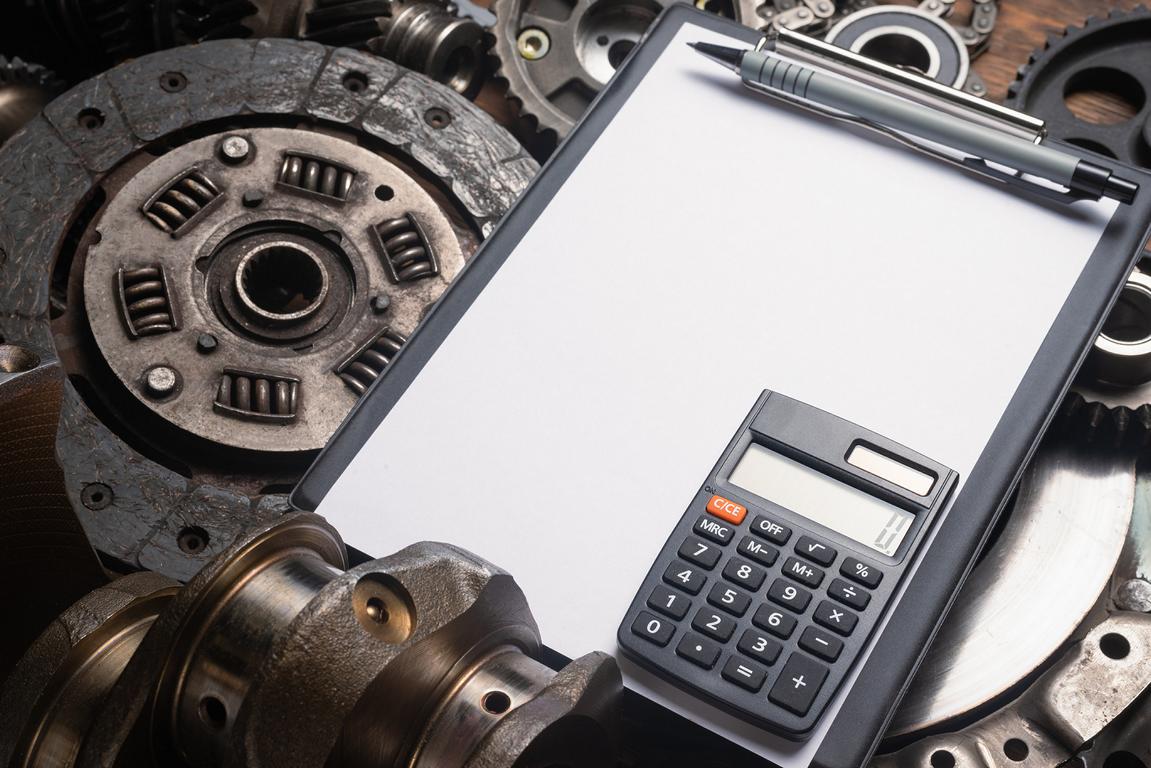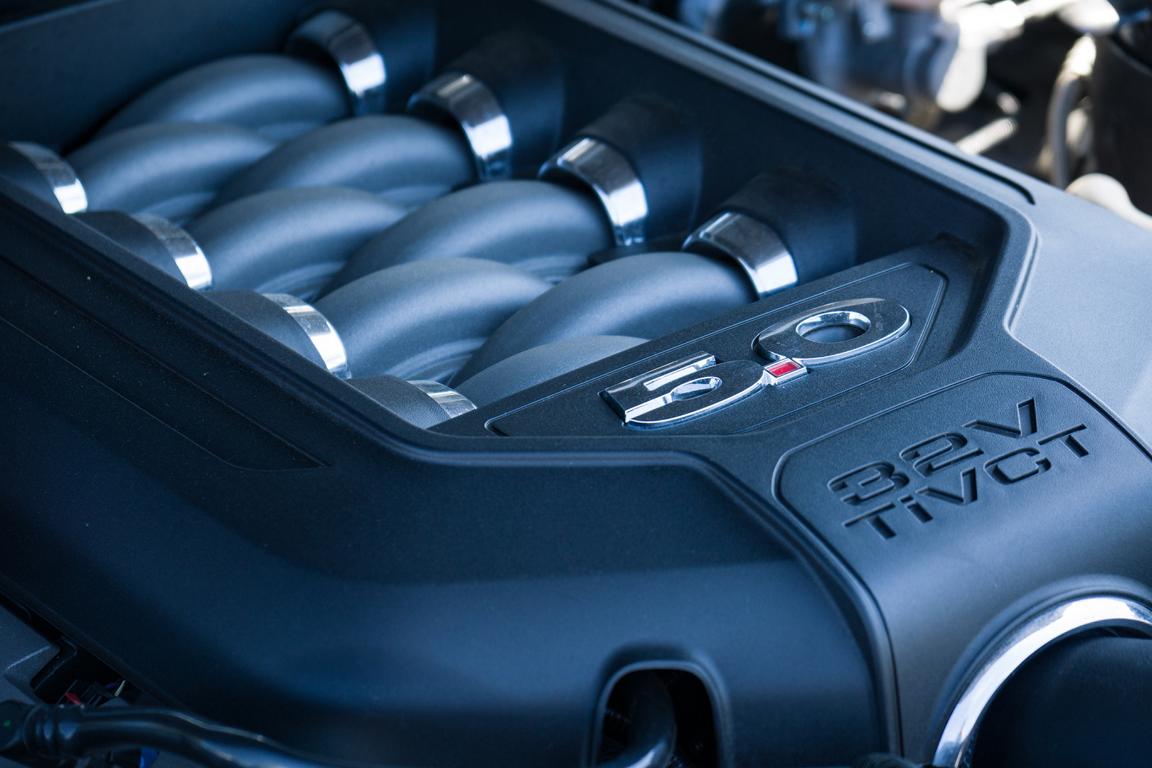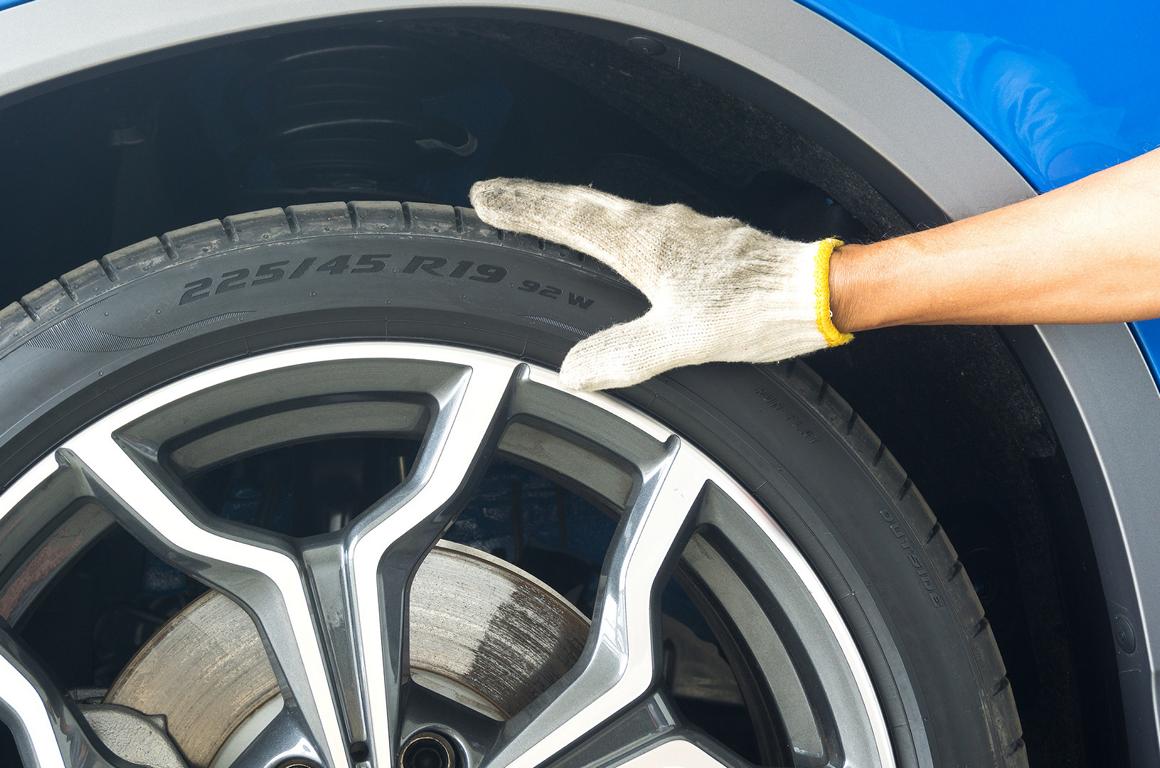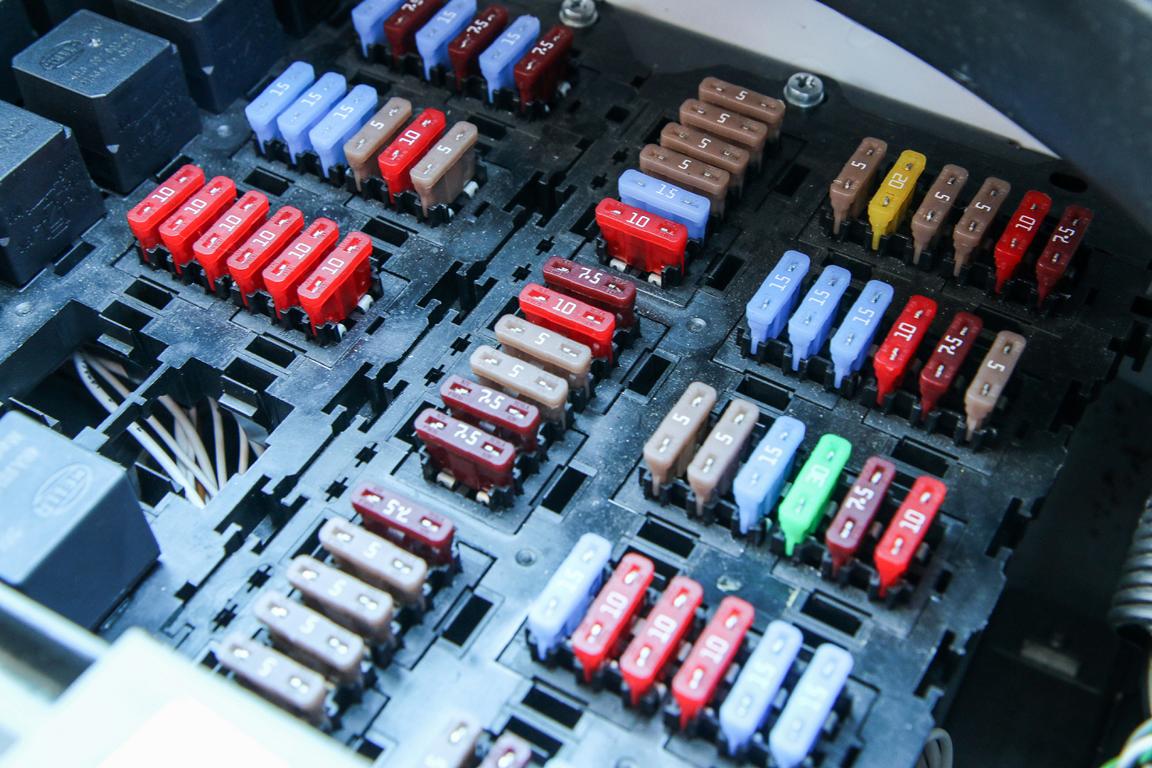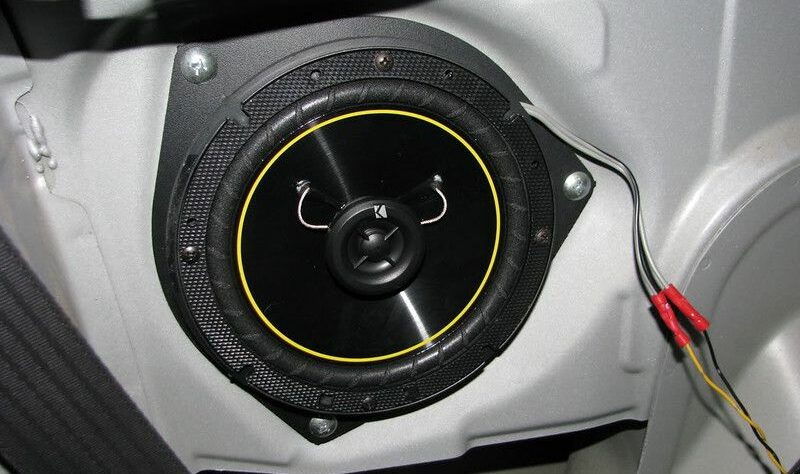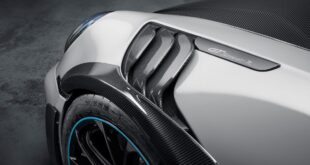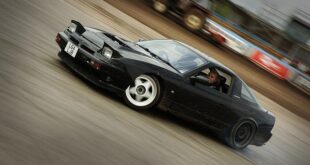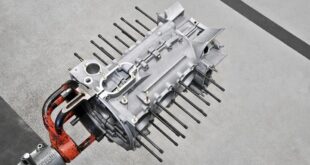Recently updated on September 23, 2023 at 08:51 am
Not everyone likes mathematics. Some people are probably more than happy to have left the forced preoccupation with this topic behind them when they finish school. But let's not be mistaken, numbers, formulas and various units of measurement are simply part of everyday life. Be it calculating a kilogram price in the supermarket in order to be able to better value products from different manufacturers. Be it the use of a special method, the so-called Kelly formula, to increase your chances in sports betting. Or be it the topic of vehicles and engines.
Vehicle mechatronics technicians learn all the relevant calculation types and units of measurement from scratch, at least in vocational school. However, for self-made tuners, who have taught themselves all the skills, the amount of knowledge comes down to personal affection for number-juggling. In the following lines we have put together some really relevant units of measurement for vehicles and explained them in such a way that even people who do not have an affinity for math can understand them - especially since arithmetic is by no means necessary for every piece of information.
All about displacement
Price question: What is the displacement? Quite simply, it is the volume of space between top dead center (TDC) and bottom dead center (BDC) of the moving piston - given in either cubic centimeters (cm³) or liters (L). 1.000 cm³ equals 1 liter. For practically all vehicles, the displacement (as stated in the vehicle registration document) is understood as the total displacement - the displacement of all cylinders is added together. This means that in order to find out the displacement of a cylinder, it is necessary to divide the total displacement by the number of cylinders.
This cubic capacity per cylinder results not only from the height of the space between TDC and BDC (the so-called piston stroke), but also from the diameter of the cylinder bore. Depending on the ratio of cylinder bore to piston stroke, there are not only different terms, but also engine characteristics:
- short stroke: The piston stroke is less than the cylinder bore (<1). This allows higher speeds and the installation of proportionally larger valves - which ensures more power with the otherwise same displacement.
- long stroke: The piston stroke is larger than the cylinder bore (>1). The power is lower than with the short-stroke engine, but the torque is usually higher - primarily in the lower speed range. In addition, the combustion chambers are thermally more effective, which means that specific fuel consumption is lower.
Most passenger cars are moderately short or long-haul vehicles. However, the more an engine tends towards sportiness, the more short-stroke it is often designed. In Formula 1 and some racing motorcycles, for example, values of 0,4 are sometimes achieved. The speeds can be correspondingly extreme.
Who wants to calculate the matter: 3,14 × (bore in mm / 2)2 × piston stroke in millimeters
power and torque
These two values should undoubtedly be the most important comparative data next to the cubic capacity when talking about petrol. Only: Not everyone really knows the difference.
- Performance (formerly in hp, today in kilowatts, kW; 1 kW = 1,36 (DIN) hp). Ultimately, power is the amount of energy released over a period of time. In the vast majority of engines, the maximum power is only reached in a very high speed range - significantly higher than the maximum torque. Important: Even if horsepower and horsepower mean the same thing, they do However, PS and HP differ tremendously from each other.
- torque (in Newton meters, Nm, only for US cars in pounds feet (lb ft or ft lb; 1 lb ft = 1,355 Nm). The torque is the force that acts between the piston and the drive shaft, i.e. a lever arm. Depending on the engine, the maximum torque is already present at very low speeds.
If you still don't quite know which value is more important to you, you can stick to the following old saying from the vehicle scene:
Power is how fast you can hit a wall;
Torque reveals how far you take the wall.
Tires and rims
There are some things about the car that are described in a cryptic way. However, as far as Otto normal tuners are concerned, the topic of tires and rims is certainly one of the most complex - sometimes really unnecessarily complex because, among other things, metric, percentage and imperial (inch) values are mixed up and that is also highly official. Let's break it all down.
Assume a rim-tire combination
7,5J × 17, ET30, LK 5 × 120 with 225/35 R17 71 V
Rim:
- 7,5 (or any other number mentioned first) always designates the rim width in inches (1 inch = 25,4 millimeters), measured between the insides of the rim flanges - i.e. the points at which the tire is pressed against the rim from the inside.
- J is a code for the exact shape of the rim flange.
- 17 is the rim diameter in inches, also measured on the inside of the rim flange where the tire touches the rim.
- ET-30: ET is the offset in millimeters. It refers to the contact surface where the inner rim hub makes contact with the wheel hub - viewed from an imaginary centerline across the rim. Suppose that the distance between the rim hub and its front and back is the same. Then that would be ET0. If the rim hub is further towards the outside of the rim, the distance is represented by a positive value. If it moves further towards the inside of the rim, the value is preceded by a –. So ET-30 are quite a "bowl".
- LK 5 × 120: LK stands for bolt circle, i.e. the holes for screws or studs to attach the rim. The first number indicates how many holes there are, the second indicates the distance between the holes in millimeters.
Tire:
- 225: The first number indicates the maximum width of an unloaded tire in millimeters. Depending on the shape, the pure profile area can be narrower.
- 35: The second number after the slash is a percentage, the ratio of the tire sidewall height to the tread width. Rough rule of thumb: the smaller the number, the thinner the tires.
- R: Reveals that it is a radial tire - as opposed to diagonal tires.
- 17: Refers to the rim diameter, so the value must be congruent with the second number on the rim.
- 71: Is a numeric code that stands for the load index - i.e. how many kilograms the maximum load can be on the tire.
- V: Also a code, but for the speed or speed index - the maximum speed permitted with the tire (here 240 km/h).
As complex as the matter is, there is one ray of hope: tire specifications and rim size are in the vehicle registration document. However, only those for the standard tires, with which tuners would then have a small problem.
Attention: In the off-road sector, among other things, there are also tires that are measured entirely in inches. Then it says 35×12.50 R15, for example. The system is altogether simpler:
- 35: Total tire diameter in inches (here 88,9 cm)
- 12.50: Tire width in inches (here 31,75 cm)
- R: Radial tires
- 15: Rim diameter in inches
Ergo, no information is given about the flank height. Rather, this results (roughly) from the total diameter minus the rim diameter.
The electrical system
Practically no car apart from the oldest classic cars can do without electrics. This means that knowledge of the units of measurement required here is also important. In principle, we are dealing with four relevant parameters:
- The voltage, given in volts (V). In passenger cars, it is almost exclusively 12 V. This means that everything from the turn signal bulb to the sound system amplifier must be approved for this voltage.
- The battery's amperage (actually its capacity) in ampere-hours (Ah). So a typical 70Ah battery can either deliver 70 amp for 1 hours or 1 amps for 70 hour.
- The (required) power of the electrical consumers in watts (W). Is primarily relevant for the lighting, but can also be of interest for other consumers in order to compare their requirements with the available power from the battery and generator (“alternator”).
- The electrical resistance in ohms (Ω). It is particularly relevant for the various cable cross-sections.
- The general current in amperes (A). Your main area of application for tuners is found in the fuse box. Each of the fuses there is designed for a certain current and must melt if it is exceeded - otherwise an electrical consumer behind it will break.
The following are important: current, voltage, resistance and power are directly related to each other – maybe still known as Ohm's Law from school. Above all, if you want to pull additional lines, you should not proceed headlessly, but consider these parameters and select everything correctly. For example, if you connect a power-hungry amplifier to a power cable that is too thin, you can sometimes cause an extreme risk of fire - if the car burns down, insurance will probably not pay.
Of course, that wasn't the end of it!
tuningblog has countless other articles on the subject of car and auto tuning in stock. Do you want to see them all? Just click HERE and look around. In part, we would like to provide you with news but also off the tuning. In our category Tips, products, information & Co We have reviews of car or accessories manufacturers, new ones Tuning Wiki Terms or one or the other Leak veröffentlicht. Just click on one of the following posts!
other related posts
|
Audi integrates a store for apps in a large number of its models |
|
 tuningblog.eu Your magazine about tuning the car
tuningblog.eu Your magazine about tuning the car
